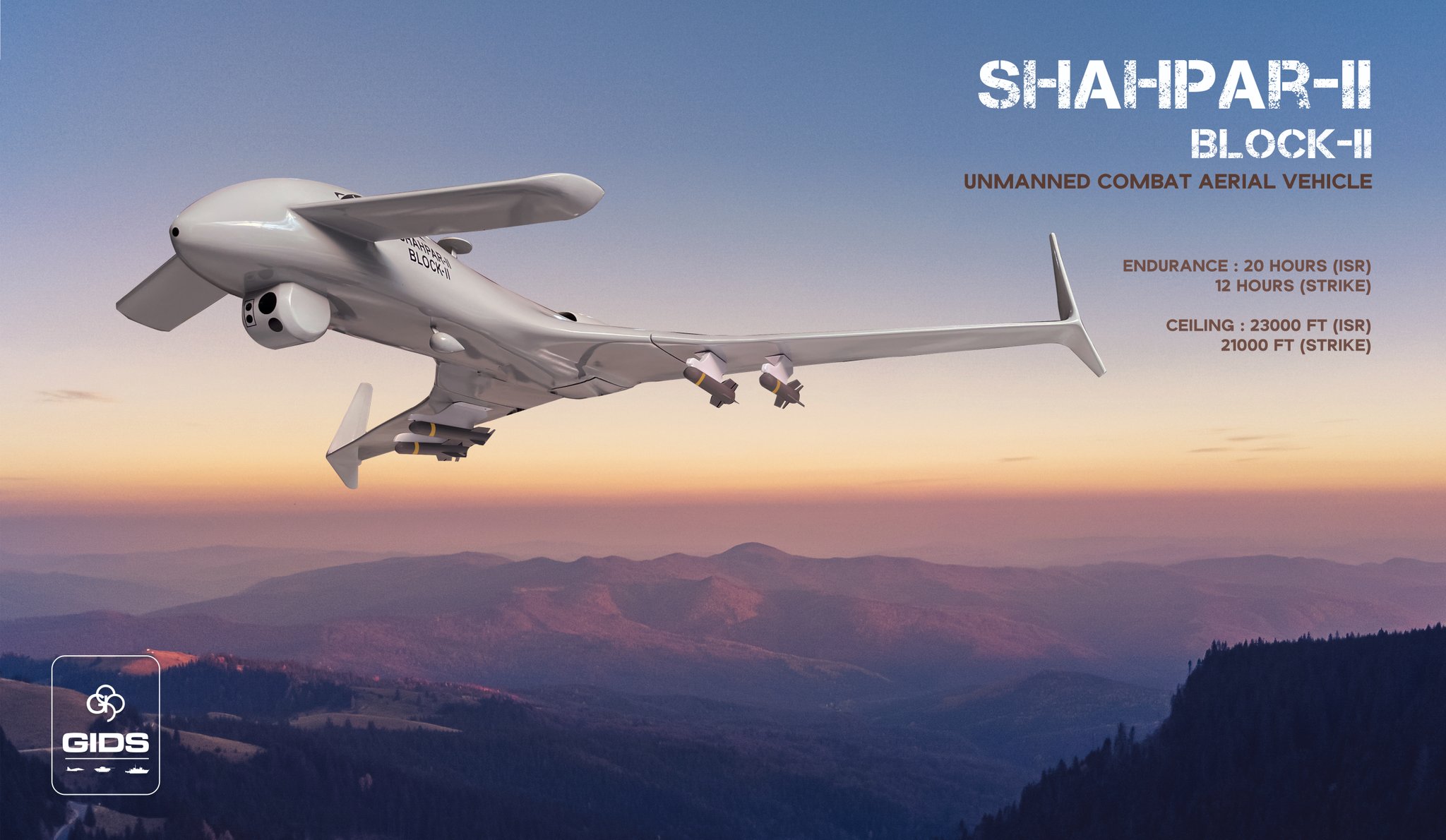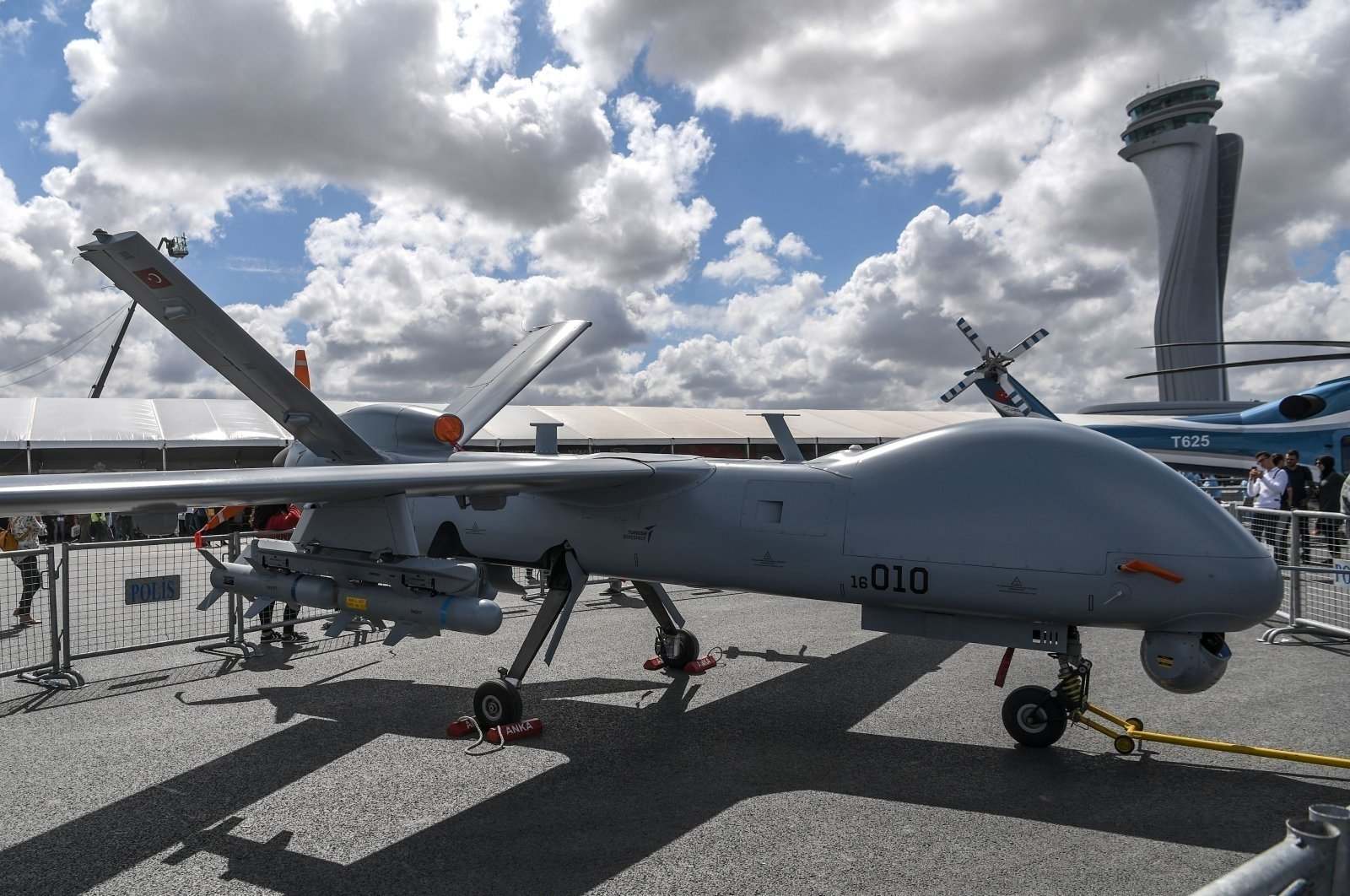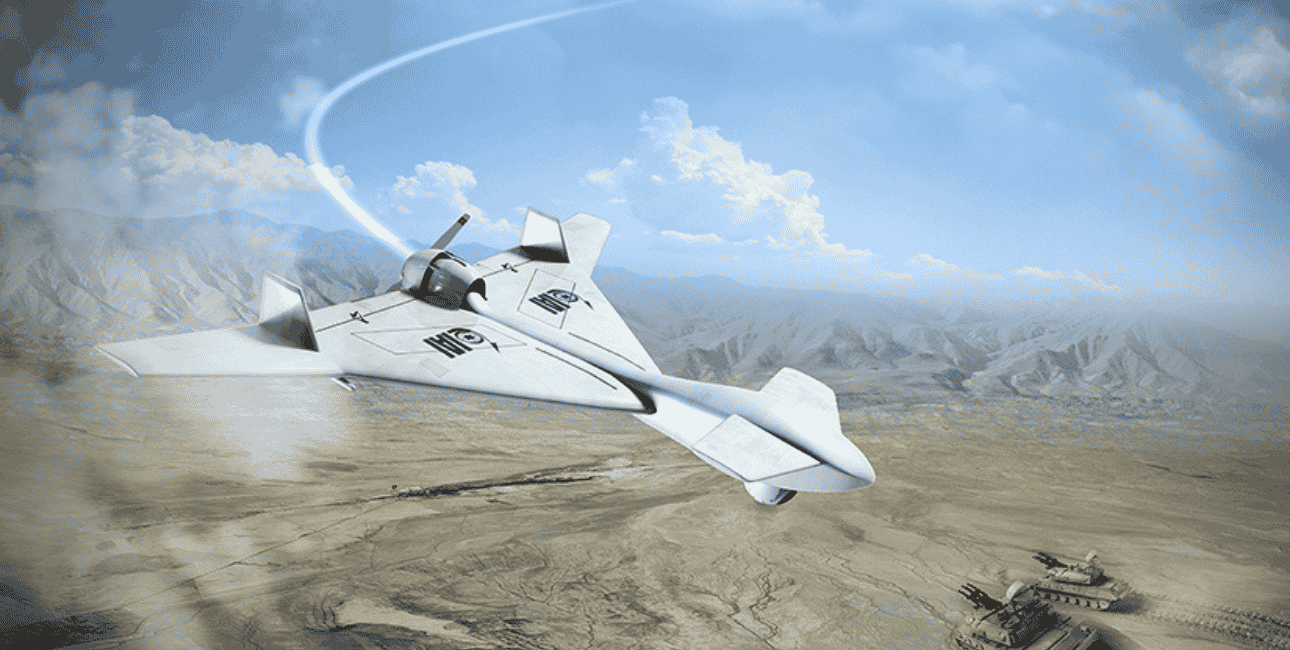Swarm & Strike: How Pakistan’s Drone Superiority ‘Tested’ Indian Defenses & Questioned India’s Very Capable AD Systems:

The twin operations—India’s Op Sindoor and Pakistan’s response, Bunyaan al-Marsoos—have underlined how modern warfare has pivoted decisively toward drone-centric operations. These include the full spectrum: surveillance, ELINT, communication relay, kamikaze, and armed attack drones.
Painfully, as has happened on numerous occasions in the past, Pakistani forces have again stolen a march over Indian counterparts—this time by inducting a broader spectrum of drones and developing tactics for their optimal utilization.
The massive drone swarm on the night of May 9, 2025, is illustrative.
According to the GoI’s official press briefing, Pakistan launched between 400 and 500 drones in a coordinated reconnaissance and SIGINT operation. These intrusions, some deep into Indian territory, were designed to trigger Indian air defense systems into activating radars and launching interceptors. This allowed Pakistani planners to map Indian AD assets and gather critical electromagnetic data.
Circumstantial evidence suggests that Pakistan used this intelligence on the night of May 10 to jam Indian AD systems and launch cruise missile strikes—possibly targeting even S–400–protected airbases.
On the morning of May 10, Pakistani media claimed destruction of:
-
S-400 at system at Adampur
-
Suratgarh and Sirsa
-
Brahmos Base at Nagrota
-
Artillery gun positions
Indian authorities, however, categorically refuted all these claims.
Ceasefire Violations
Pakistan’s drone incursions occurred just hours after a ceasefire, negotiated by both countries, came into effect at 5 PM on May 10.
The timing raises serious questions. The drones were likely launched to confirm the destruction of Indian targets for domestic propaganda purposes.
These intrusions may not be isolated events but the beginning of a phase where Pakistani drone-based airspace violations become routine.
Well-Developed Drone Manufacturing Infrastructure
Pakistan has invested heavily in drone manufacture using indigenous capabilities acquired from Turkey and possibly China. The YIHA-III kamikaze drone, for example, is a Turkish drone that is reportedly being locally manufactured in Pakistan.
Pakistan’s state-owned defense conglomerates, such as the National Engineering and Scientific Commission (NESCOM), Global Industrial Defence Solutions (GIDS), and the Pakistan Aeronautical Complex (PAC) in Kamra, have acquired the infrastructure and technology to manufacture the entire spectrum of drones.
Locally Manufactured Drones
NESCOM, with Chinese collaboration, is manufacturing Burraq drone variants based on the Chinese CH-3A design. The MALE drones are capable of surveillance, reconnaissance, and precision strikes.
GIDS Manufactured Drones
GIDS manufactures a wide range of drones. These include

Series (Shahpar-I, Shahpar-II, Shahpar-III) MALE ISR drones, which are also capable of precision strikes with laser-guided munitions like the Barq missile.
Uqab Series (Uqab P1, P2) Tactical UAV capable of ISR for short-range tactical missions using EO/IR sensors.
Ranger tactical UAV drone, manufactured by GIDS, can undertake Intelligence, surveillance, target acquisition, reconnaissance (ISTAR), and artillery fire correction.
Sarfirosh canister-launched kamikaze drone, with a range of around 1,000 km, is capable of long-range precision strikes on high-value targets.
GM 500 Turah Stealth Loitering Munition, likely developed by GIDS and manufactured by National Aerospace Science and Technology Park, is a recent development.
Based on Indian reports of the use of “unknown drones,” it’s possible that the stealth drone was used by Pakistan during Op Bunyaan al-Marsoos.
Other Drones
The POF Ababeel MR-10 multirotor drone, developed by Pakistan Ordnance Factories (POF), is fitted with a machine gun and is capable of armed reconnaissance and close-support missions.
The Jasoos II (Bravo+) tactical UAV developed by SATUMA (Surveillance and Target Unmanned Aircraft) is used for reconnaissance and training.
Locally Manufactured Foreign Drones
Additionally, Pakistan has secured contracts for licensed production of foreign drones, notably from Turkey. These include
The TAI Anka MALE drone developed by Turkish Aerospace Industries can perform ISR and precision strike missions.

SELEX Falco tactical reconnaissance and surveillance UAV was developed by Italy’s Leonardo.
FPV Drones
Notably, Pakistan has not heavily invested in FPV drones yet. If it had, we would likely have seen their use for ceasefire violations or neutralizing Indian mortar and gun positions.
Globally, battlefield tactics are evolving rapidly, with FPV drones at the forefront.
Drone Lines
Ukrainian forces have successfully deployed drone lines to hold off superior Russian formations. These defenses combine:
-
ISR drones for situational awareness
-
FPV drones for striking enemy troops, vehicles, and logistics hubs
Ukrainians are reportedly clearing a 10 km kill zone across the frontlines and plan to extend it to 20–50 km.

Interceptor Drones
India’s DRDO has developed CUAS technologies primarily for VA/VP protection. Currently, battlefield drone threats are countered using:
-
EW systems (with mixed success)
-
AD missiles, which are expensive and unsustainable for large-scale drone defense
Ukraine and Russia have recently fielded interceptor drones to down enemy ISR drones. These systems took over two years and rigorous trials to mature.
An effective interceptor drone must be 10x cheaper than a reconnaissance drone, have high speed and altitude performance, and use AI-based terminal guidance.
India needs to develop and mass-produce such drones urgently.
Conclusion
The Ukraine war has shown that smart drone deployment allows smaller nations to hold ground against larger adversaries.
It’s plausible that Pakistan carefully gamed its four-day confrontation with India to leverage its drone superiority.
India, in turn, relied on expensive yet highly effective standoff weapons. While India showcased its strategic and economic muscle, Pakistan played to its domestic audience, demonstrating resilience despite financial and material disadvantages.
India must now focus on training, integration, and mass production of FPV and interceptor drones to retain tactical dominance and deter future escalations.
Drone warfare is evolving rapidly, driven by advancements in machine vision and artificial intelligence.
In Ukraine, operationally deployed drone technologies can become outdated within just 3 to 4 months. This rapid cycle demands not only technological innovation but also agility in concepts, training, tactics, and system integration.
However, agility of this kind is often at odds with the institutional culture of armed forces globally, and arguably even more so within the Indian armed forces.
Military organizations, by nature, tend to emphasize structure, hierarchy, and procedure, which can inhibit the swift adoption of novel technologies and flexible operational doctrines.
- Questions and Answers
- Opinion
- Motivational and Inspiring Story
- Technology
- Live and Let live
- Focus
- Geopolitics
- Military-Arms/Equipment
- Segurança
- Economy
- Beasts of Nations
- Machine Tools-The “Mother Industry”
- Art
- Causes
- Crafts
- Dance
- Drinks
- Film/Movie
- Fitness
- Food
- Jogos
- Gardening
- Health
- Início
- Literature
- Music
- Networking
- Outro
- Party
- Religion
- Shopping
- Sports
- Theater
- Health and Wellness
- News
- Culture

